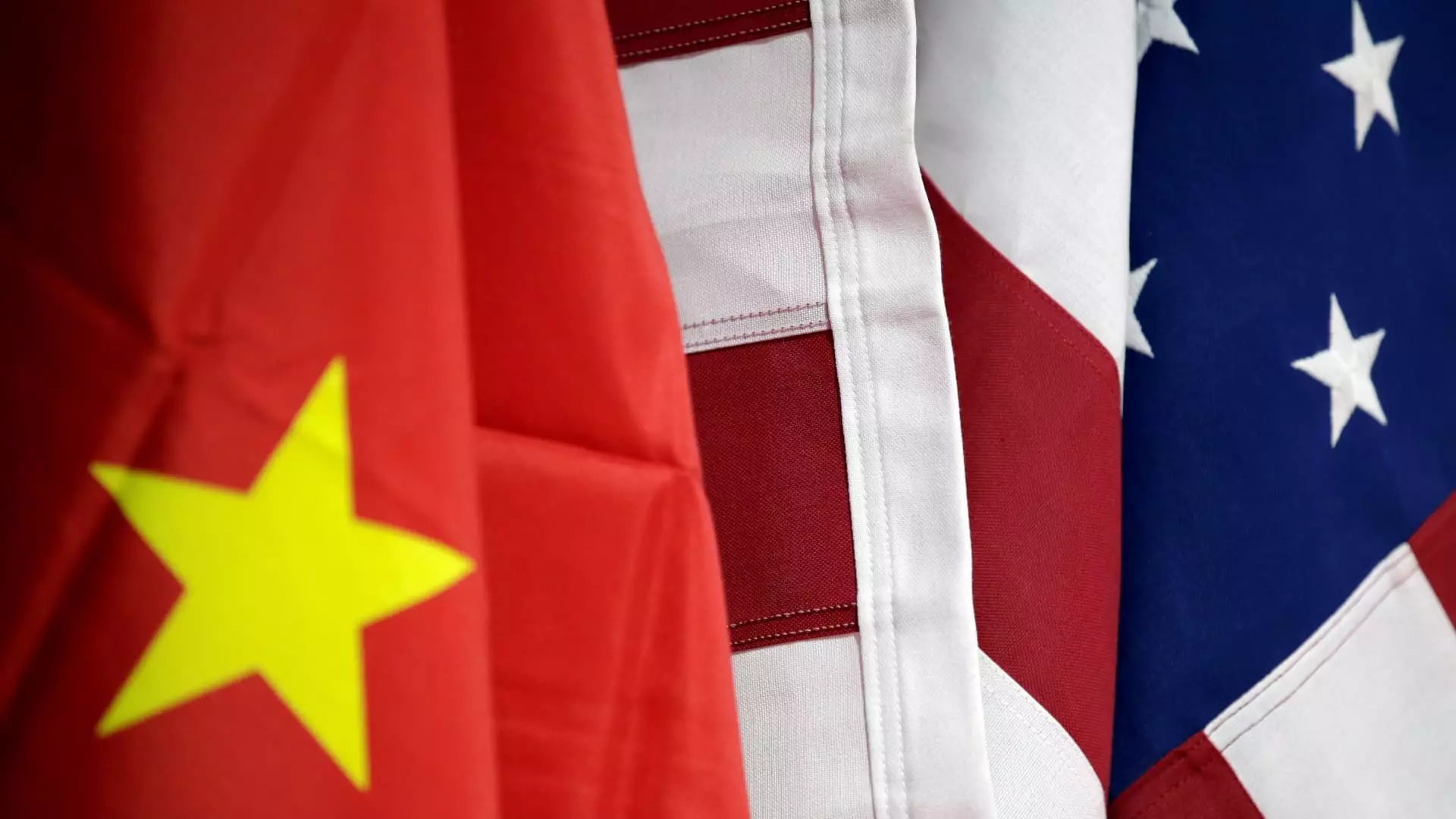China’s economic growth has led to the rapid expansion of its middle class, with the number of upper-middle and high-income households expected to reach 200 million next year according to McKinsey. However, despite this growth, China still lags behind the U.S. in terms of per capita income. The per capita disposable income of China’s middle-income group was only $4,436 last year, compared to $61,033 in the U.S. China’s middle-income group is defined as those with a disposable income between 32,195 yuan and 39,218 yuan, significantly lower than the U.S. median income of $106,100 in 2022.
Despite having a higher per capita income compared to China, the U.S. has seen a decline in its middle class over the years. The share of Americans considered part of the middle class fell to 51% in 2023, down from 61% in 1971, according to Pew Research. This decline has been accompanied by an increase in the share of upper-income Americans, while the lower-income segment has also slightly grown. The shifting dynamics within the U.S. economy have raised concerns about income inequality and the distribution of wealth in the country.
In light of China’s economic rise, U.S. politicians like JD Vance have taken a hard line on China, blaming the country for the decline of American manufacturing and the loss of jobs. Vance, in his first speech as Donald Trump’s running mate, highlighted the need to protect American workers from what he described as Chinese exploitation. He called for more factories in the U.S. and restrictions on foreign workers, signaling a protectionist approach to address the perceived threat from China.
The Trump administration had previously imposed tariffs on Chinese goods, with plans to further increase them if reelected. The move was aimed at reducing the trade deficit with China and protecting American industries from what is seen as unfair competition. However, critics argue that such tariffs could lead to higher prices for consumers and disrupt global supply chains that many companies rely on.
As tensions between the U.S. and China continue to escalate, the focus on China’s economic growth and its impact on the U.S. economy is likely to intensify. The Biden administration’s approach to China is expected to differ from that of the Trump administration, with a greater emphasis on diplomacy and cooperation. The complex relationship between the two countries will require nuanced policies that balance economic interests with geopolitical considerations.
China’s growing middle class presents both opportunities and challenges for the U.S. economy. As the global economic landscape evolves, policymakers will need to navigate these changes carefully to ensure a stable and prosperous future for both countries.


Leave a Reply